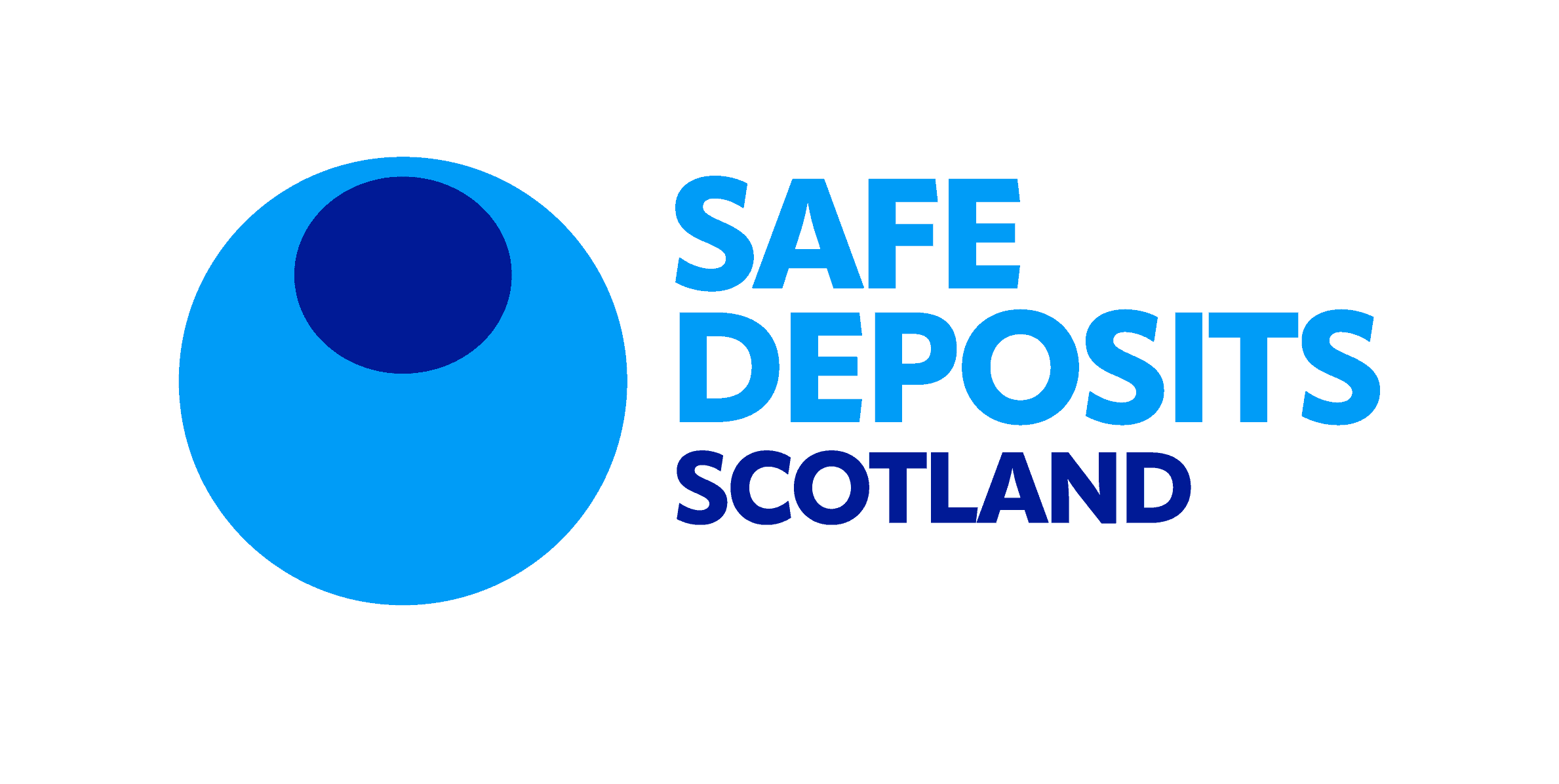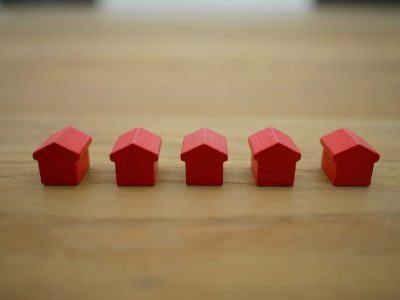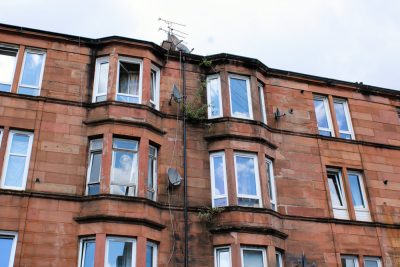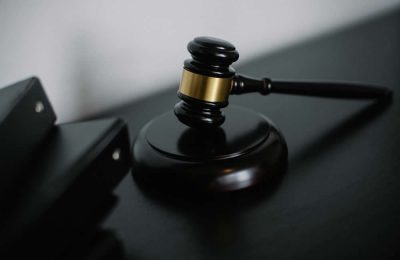Whilst damage to the inside of the property can usually be easy for the tenant to spot, external damage to the outside structure of the building, particularly the roof, is not always as obvious. Damage to the roof if left unchecked can lead to further damage on the inside of the property, particularly during periods of heavy rainfall. Tenants living in rented properties should be aware of what their responsibilities are when it comes to roofs, as this can help to avoid a deposit dispute with the landlord at the end of the tenancy.
Whose Responsibility?
Any major repair issues, including roofing, are the responsibility of the landlord to deal with. However the tenant does need to report these issues to the landlord as soon as possible so that they can get in contact with someone to carry out repairs before the situation worsens. The landlord is also responsible for the costs of any repairs, rather than the tenant – assuming the damage has not been caused by the tenant.
Beyond reporting the issue, the tenant has no other duties when it comes to roof repairs. That responsibility lies with the landlord, and should the landlord fail to fulfil their responsibility to a point where the property fails to meet the Repairing Standard, the tenant may then raise this with the First-tier Tribunal who will carry out an inspection of the property and may order the landlord to make the necessary repairs. The tenant has an obligation to allow entry to the property to the landlord and any contractors who are there to carry out repairs.
The tenant should ensure they keep a paper trail of any communication with the landlord regarding repairs, as this could be important evidence should the landlord make a deposit claim for damage at the end of the tenancy. Tenancy deposit scheme SafeDeposits Scotland has plenty of useful guidance regarding damage claims on their website.
Where the tenant is living in a shared building, such as a tenement, there will be additional considerations when it comes to roof repairs and responsibilities. Common repairs (repairs for parts of the building which all owners are responsible for maintaining) may require agreement from the majority of owners with property in the building before work can proceed. It is helpful for the landlord to keep the tenant posted on their efforts, even if work is delayed somewhat by the common repairs process. Under One Roof provides support for common repair in tenement flats in Scotland.
Damage to Roofs – Signs and Symptoms
Broken tiles are one of the most common signs of roof damage. If any tiles are found on the ground around the property, this could likely have come from the roof. Failure on the tenant’s behalf to report this issue could cause further damage to the structure of the property, and so the tenant should let the landlord know immediately that they suspect there may be roof damage.
Heavy rainfall could spell disaster for a damaged roof, causing the ceiling to leak and potentially resulting in damp and mould, which could in turn lead to health issues for the tenant. Whilst mould issues that have arisen due to the tenant’s behaviour, including drying clothes on radiators, are the tenant’s own responsibility, mould that has occurred due to structural problems fall upon the landlord to deal with. The tenant does have a responsibility however to let the landlord know when they have spotted mould, and to do their best to prevent the issue from spreading.
Severe leaking that has not been dealt with, can also lead to flooding. The tenant should try to locate the source of the leak, and consider putting a bucket underneath to catch any leakage.










